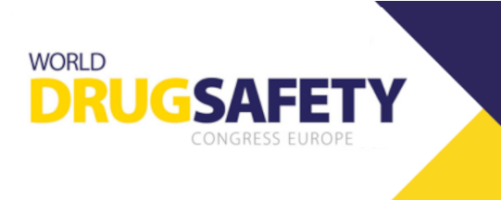What changes could be made to the readability of package leaflets to make them more accessible for patients? Eileen Shortiss, a Senior Regulatory Affairs Advisor at Acorn Regulatory is our in-house expert on all matters relating to package information leaflets. She looks at the requirements, the type of consultations that can be carried out, and the recommendations for improving leaflets.
Directive 2001/83/EC, as amended, includes the following requirements in relation to the medicinal product package leaflet;
- It must be written and designed to be clear and understandable
- It shall reflect the results of consultations with target patient groups to ensure that it is legible, clear, and easy to use.
The results of these assessments are required to be provided to the competent authority at the time of a marketing authorisation application (MAA) in module 1.3.4 of the dossier, but when is the best time to carry out the testing on the package leaflet to support an MAA?
User Consultation
Before submission of an MAA, the type of user consultation to be carried out may be discussed with the Agency / Reference Member State (RMS) to determine if a full test, a bridging report, or focused testing is applicable. If the User Test Outcome Report has not been included in the initial submission, the results of user consultation should be submitted as part of the answers to questions on Day 121 for mutual recognition procedure applications. For applications via the decentralised procedure, the user consultation can be carried out within the clock-off period and results submitted with the response to the Day 105 list of questions.
If during the MAA assessment, comments have been made on the package leaflet, the user consultation should be performed on the updated package leaflet taking into account the comments received. User testing aims to identify whether or not the information presented in the package leaflet conveys the correct messages to those who read it. It is therefore preferable to test a more mature version of the leaflet.
How Can Package Leaflets & SmPCs Be Improved?
In accordance with Article 59(4) of Directive 2001/83/EC as amended, the Commission published an assessment report in 2017 on current shortcomings in the package leaflet (and summary of product characteristics (SmPC)) and how they could be improved. The initial deadline (January 2013) was delayed due to the need to obtain additional evidence through an external expert study. As part of this report, outcomes and recommendations have been identified as follows. [1]
- There should be more focus on improving the package leaflet rather than the SmPC. The language used is often too complex and the design and layout are not always user-friendly.
- Consider amendments to Guidelines and QRD templates to enhance the readability of the package leaflet
- Further, improve the input from patients during the user testing process and the related methodology e.g. ensure that a sufficiently mature version of the package leaflet is user-tested.
- Best practice examples of aspects of the package leaflet design could be made available for companies.
- Explore the use of electronic media to provide the information included in the package leaflet (and SmPC) in the future (complementary to paper)
- Potential introduction of the “key information” section with the objective to allow rapid identification of key safety messages.
As per the Readability Guideline [2], if the package leaflet is well-designed and clearly worded, this maximises the number of people who can use the information. The Commission and the European Medicines Agency will now work towards the implementation of the above-mentioned recommendations to better meet the needs of patients and healthcare professionals and support the safe and effective use of medicinal products.
We Can Help
If you would like to discuss a package leaflet-related issue with any of our expert staff, then simply complete the form on our Contact Us page or call us on 00353 52 61 76706.




